Aquatic Exercise for Rehabilitation and Training
Water can be used as a therapeutic and healing medium for rehabilitation, swim training as well as for fun and relaxation. Aquatics therapies have been used for physical and spiritual cleansing in religions around the world for centuries.
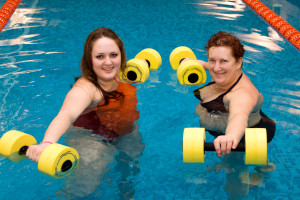 There has been extensive research to explore the various uses, aides, restrictions, and safety measures relating to the use of water and the individual who chooses aquatics as a form of therapy or training. Included in that work is a variety of patient diagnosis, current states of health and the necessary modifications for particular swim strokes, stability, and safety.
There has been extensive research to explore the various uses, aides, restrictions, and safety measures relating to the use of water and the individual who chooses aquatics as a form of therapy or training. Included in that work is a variety of patient diagnosis, current states of health and the necessary modifications for particular swim strokes, stability, and safety.
What has been discovered is the level in which the aquatic instruction and props (if needed) would vary from not just student to student, but level of injury or skill level of the participant. Though water is a natural place to engage in healing, exercise and rehabilitation, much care is needed for a safe and beneficial experience. Exercising in water is quite different than exercising on land.
There are different reasons for choosing aquatics as an exercise medium. Aside from buoyancy and the feeling of weightlessness that comes with it, the hydrostatic pressure and velocity of the water gives one a feeling of support while in the water.
Five Important Factors
The type of aquatics therapy that is recommended would depend on the individual and the particular circumstances specifically relating to them. There are five important factors that must be considered when working with aquatics: 1) Gender, 2) Height, 3) Fitness Level, 4) Whether or not the person smokes and 5) If there is any known disease present. Any of these factors will have an effect on the air volume capacity of a given person.
Ideally there will be a team of licensed professionals working with the patient or student on their road to fitness and wellness. This is known as the Lyton Model (pictured below). It is imperative that the aquatics instructor understand the physiological responses to the body when immersed during any type of aquatic exercise or training. The heart, kidneys and adrenal glands are immediately impacted with immersion due to the shifts in blood flow (stroke volume) caused by the hydrostatic pressure. This change will shift depending on the level of the submersion. Example; waist, chest or chin height, the effects on the body will differ.
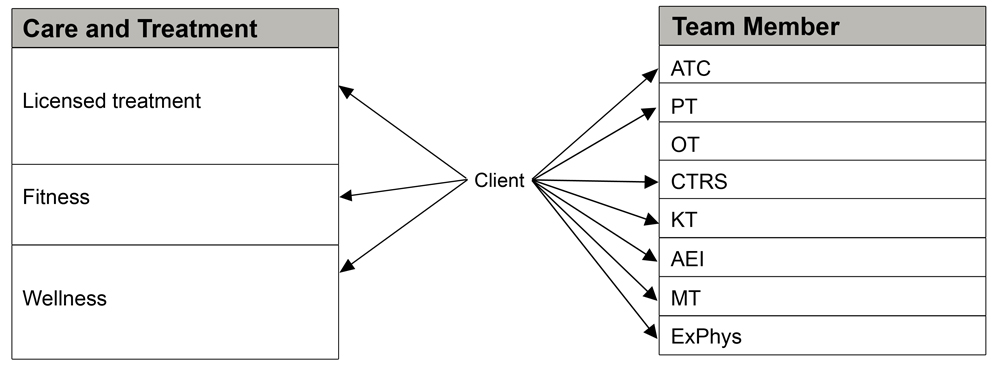
Lyton Model
Because water is so versatile, it can be used to treat injuries involving the muscular skeletal and the neuromuscular systems as well. In addition to the above mentioned properties of water, the thermal influence, viscosity, drag and turbulence can all be used and adjusted to produce: relaxation, pain reduction, edema reduction, increase nutrients and increase inflammatory mediators. Muscle tone can be improved and spasms can be reduced. The bones of the body are also said to be strengthened when immersed in water.
As with any exercise, the way in which one breathes is extremely important and breath control should be mastered. The patient or client should not be afraid of the water or be afraid to submerge the face, ears or head under water. Though the reasons for attending aquatics therapy may be different from one person to another, certain skills are necessary as a safe practice measure.
Specific skill training; fall prevention, balance strategies, induced movement and core stabilization therapies are important activities that should be in practice when working in the water. There are different methods and props to aid in accomplishing these goals if someone is having difficulty. The treatment goal will ultimately depend on the individual in training or the prescribed rehabilitation.
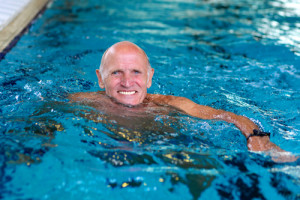 The modifications that have to be made for an individual with an upper body amputation will differ from the modifications that need to be made for someone with a lower body amputation. The location of the amputation of the limb is also relevant to the necessary adjustments. The adjustments and aides for someone who has suffered from cerebrovascular hemiparesis will be different from someone who suffers from arthritis pain or who is a paraplegic.
The modifications that have to be made for an individual with an upper body amputation will differ from the modifications that need to be made for someone with a lower body amputation. The location of the amputation of the limb is also relevant to the necessary adjustments. The adjustments and aides for someone who has suffered from cerebrovascular hemiparesis will be different from someone who suffers from arthritis pain or who is a paraplegic.
The trained aquatics therapists will recognize whether or not a patient or client is in need of a supportive aide (and which one in particular), if the patient needs to work longer on a specific exercise or if they are ready to progress. It is important for the therapist to be “hands on” in the water not just as a means of safety and to assist in recovery strokes but also as needed, physically change the dynamics of the water that is in close proximity to the client and his/herself as a therapeutic aide.
Talk to your healthcare provider to see if aquatic therapy or aquatic rehabilitation is the right option for you.
Michelle D. Talbot-Bey, BCTMB specializies in Personalized and Functional Medicine which includes Prevention, Diagnosis, and Treatment. She owns Pleasures II Wellness Natural Health Center in Woodbridge, VA, based on the ancient teachings and practices of Ayurveda. She offers therapeutic massage, mind/bodywork therapies, in depth consultations and natural pharmaceutical approaches and recommendations for Holistic healthcare, prevention, maintenance, and relief from chronic diseases. She has also completed the AFPA Aquatics for Rehabilitation and Fitness course.
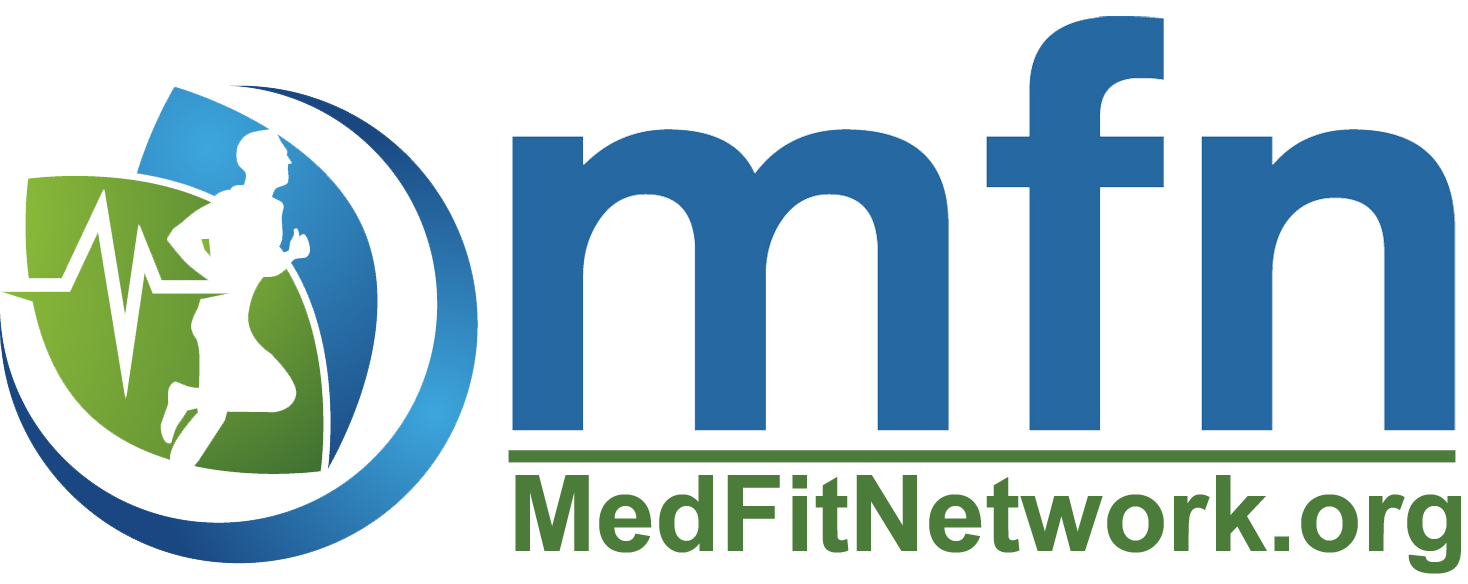
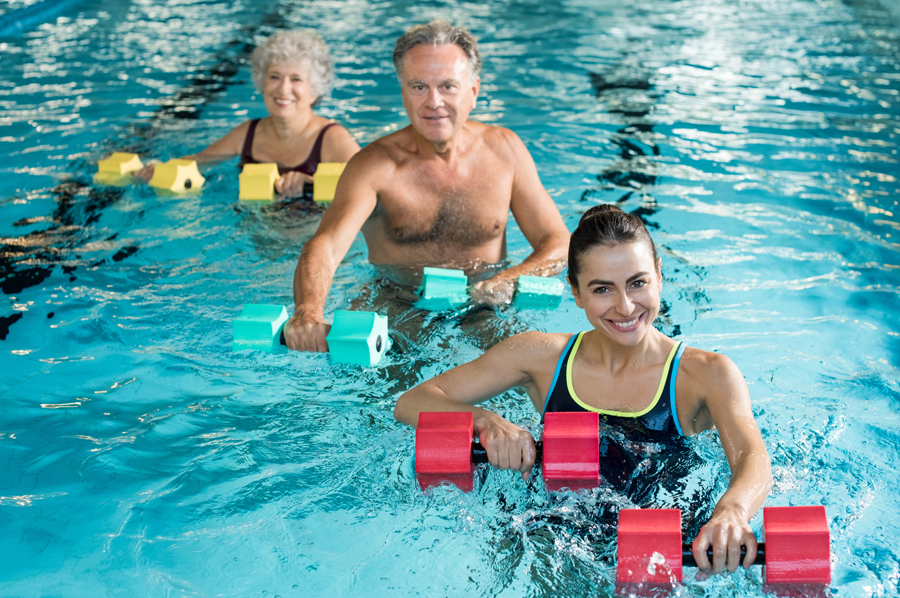
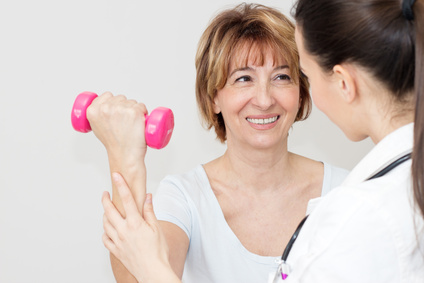
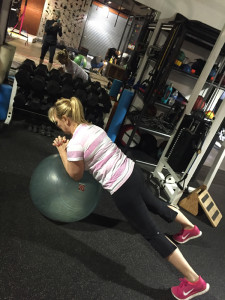 I had my first hip surgery, hip resurfacing, in 2006 when I was 49, and then in 2010, I had hip replacement surgery at age 53. My surgeon told me that life caused these problems plus a high tolerance for pain and hyper-mobility. You see, I was an athlete my whole life. I have also worked as a personal trainer my entire life and have had many clients with a variety of injuries. I know how it feels to be in pain and I got my life back.
I had my first hip surgery, hip resurfacing, in 2006 when I was 49, and then in 2010, I had hip replacement surgery at age 53. My surgeon told me that life caused these problems plus a high tolerance for pain and hyper-mobility. You see, I was an athlete my whole life. I have also worked as a personal trainer my entire life and have had many clients with a variety of injuries. I know how it feels to be in pain and I got my life back.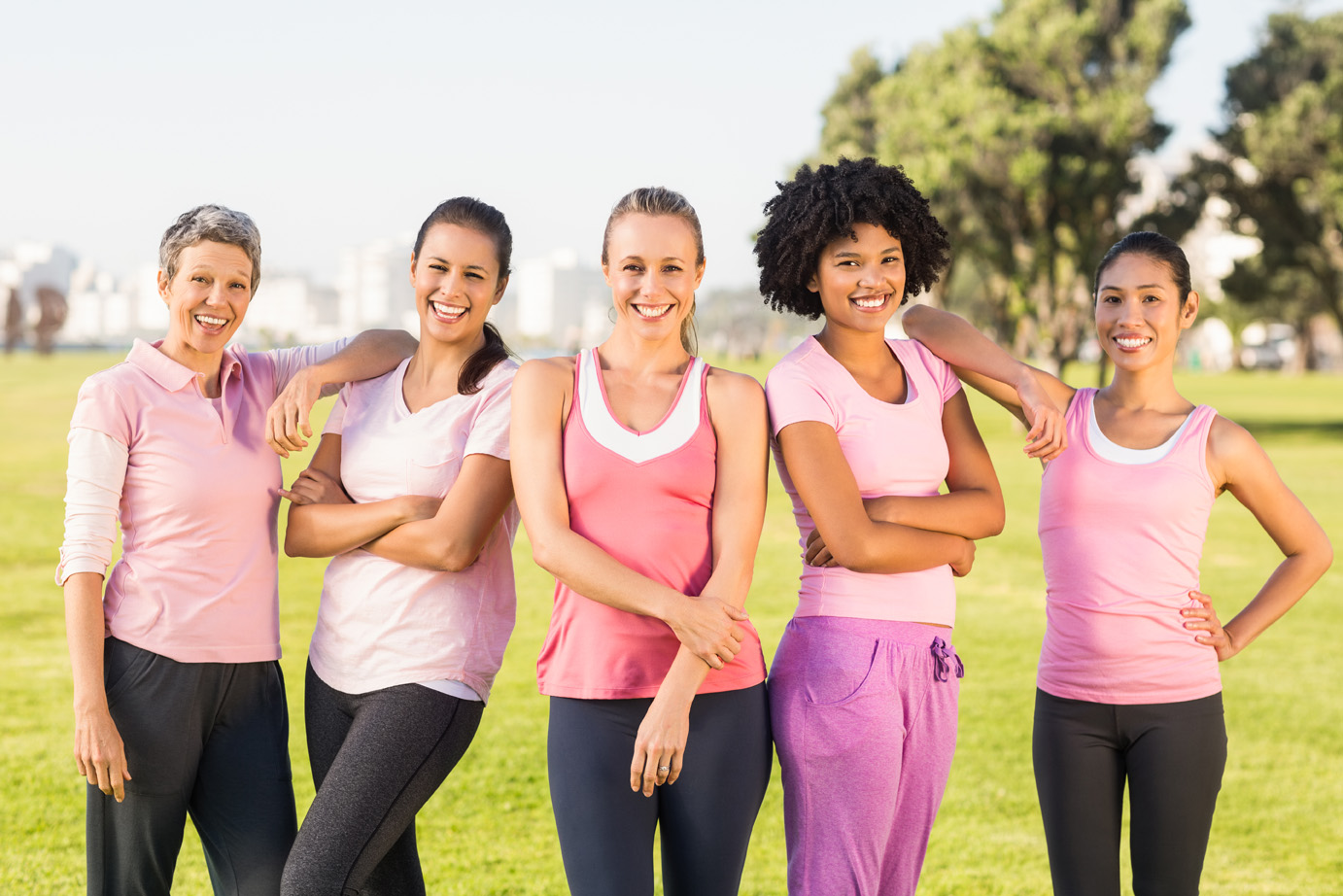
 Approximately 15.5 million Americans in the United States are cancer survivors. By 2026 that number is expected to reach 20 million. Anyone who has been diagnosed with cancer, from the time of diagnosis through the rest of his or her life is considered a cancer survivor. And while not all cancer survivors are older adults, many are simply because of the cumulative effect of years of lifestyle issues that are risk factors for their disease. Survivors less than or equal to 19 years old comprise 1% of the cancer survivor population, 6% of survivors are aged 20–39 years, 33% are aged 40–64 years and 60% (more than half) are aged greater than or equal to 65 years.
Approximately 15.5 million Americans in the United States are cancer survivors. By 2026 that number is expected to reach 20 million. Anyone who has been diagnosed with cancer, from the time of diagnosis through the rest of his or her life is considered a cancer survivor. And while not all cancer survivors are older adults, many are simply because of the cumulative effect of years of lifestyle issues that are risk factors for their disease. Survivors less than or equal to 19 years old comprise 1% of the cancer survivor population, 6% of survivors are aged 20–39 years, 33% are aged 40–64 years and 60% (more than half) are aged greater than or equal to 65 years. In general, physical activity is likely to be beneficial for most cancer survivors. Recommendations on the type, frequency, duration and intensity of exercise should be individualized to the survivor’s age, previous fitness activities, type of cancer, stage of treatment, type of therapy, and comorbid conditions.
In general, physical activity is likely to be beneficial for most cancer survivors. Recommendations on the type, frequency, duration and intensity of exercise should be individualized to the survivor’s age, previous fitness activities, type of cancer, stage of treatment, type of therapy, and comorbid conditions.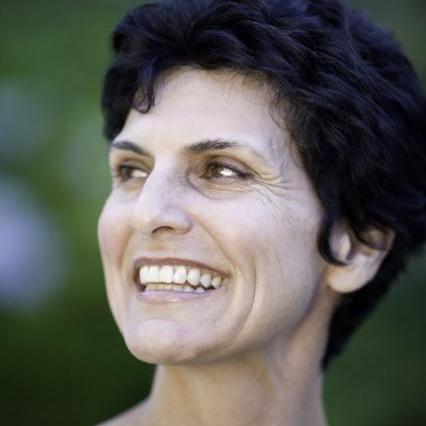



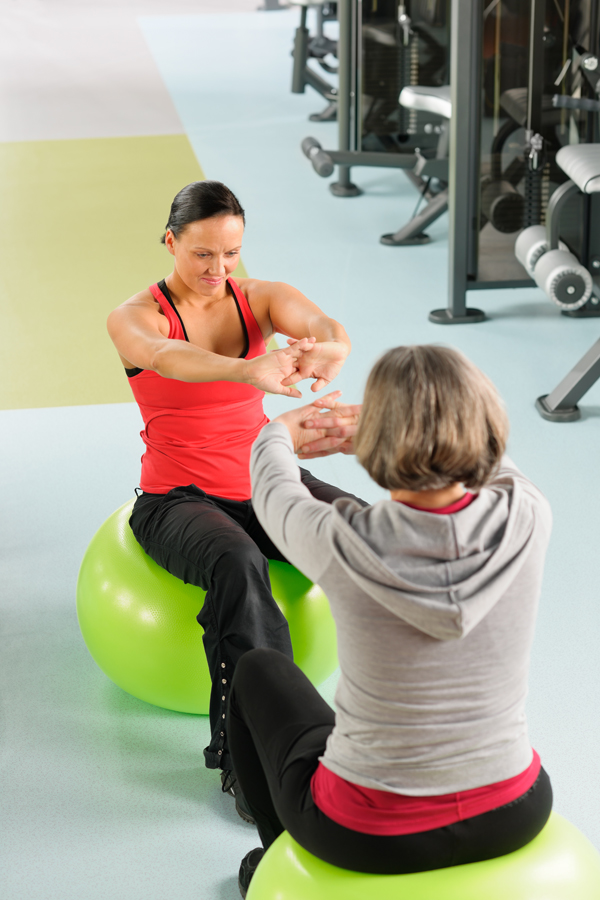 It’s well-known exercise plays a vital role in your physical health, and now studies propose staying fit in midlife may protect your brain as well, avoiding mental deterioration in later years.
It’s well-known exercise plays a vital role in your physical health, and now studies propose staying fit in midlife may protect your brain as well, avoiding mental deterioration in later years.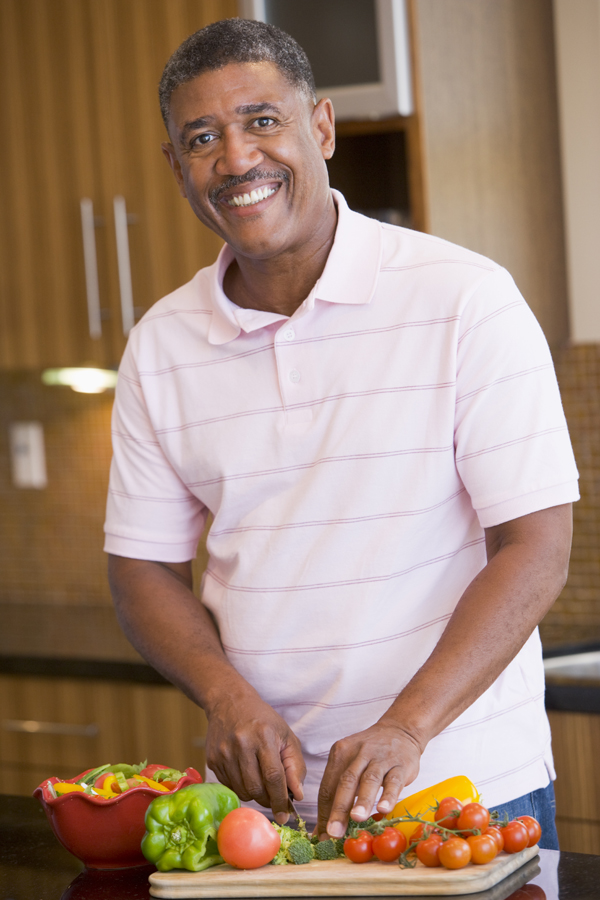 Important to note, one’s fitness level is strongly linked to what you eat. People who are overweight as well as those who don’t eat healthfully, do not have the will, energy or capacity for regular exercise. When you eat right, you’re more likely to get fit; when you don’t eat right it is very difficult to get fit.
Important to note, one’s fitness level is strongly linked to what you eat. People who are overweight as well as those who don’t eat healthfully, do not have the will, energy or capacity for regular exercise. When you eat right, you’re more likely to get fit; when you don’t eat right it is very difficult to get fit.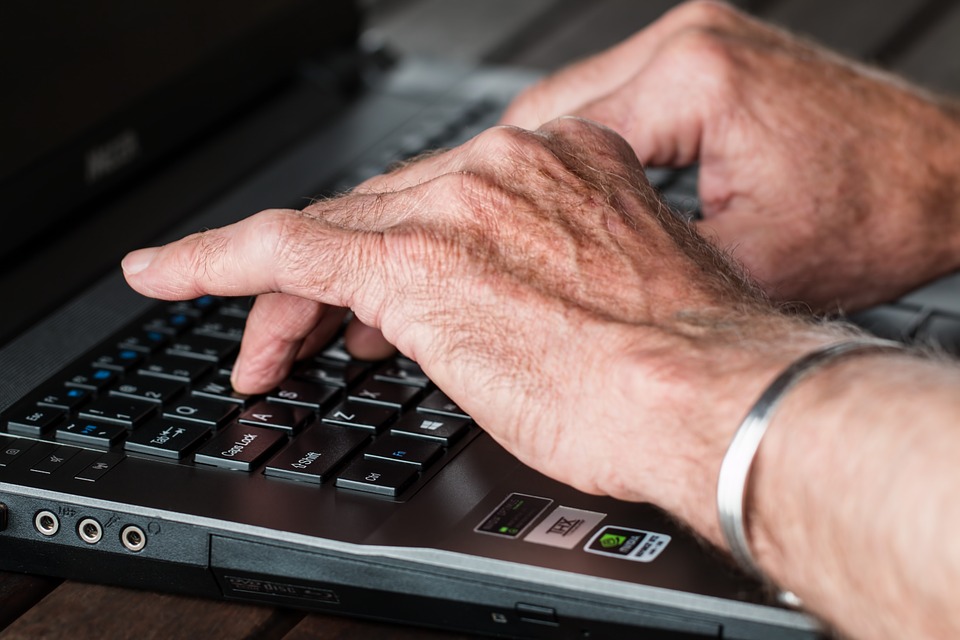
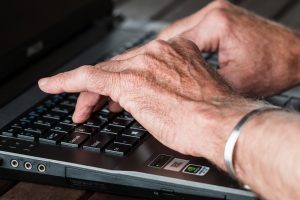 In examining this subject I have found myself wondering about the challenges that this complex issue of technology and its impact on our lives is having. The reality is that NO ONE really knows what the impact of technology and our way of life holds in store for any of us. We DO know there is going to be a “reckoning” and that if we remain seated and stressed then significantly negative consequences will surely emerge. These include ongoing chronic medical issues such as heart disease, diabetes, and mental disturbances of all kinds to name a few. Finally an unhealthy aging process where people of all ages will be treated for these and other conditions will become a daily part of life for families all over America.
In examining this subject I have found myself wondering about the challenges that this complex issue of technology and its impact on our lives is having. The reality is that NO ONE really knows what the impact of technology and our way of life holds in store for any of us. We DO know there is going to be a “reckoning” and that if we remain seated and stressed then significantly negative consequences will surely emerge. These include ongoing chronic medical issues such as heart disease, diabetes, and mental disturbances of all kinds to name a few. Finally an unhealthy aging process where people of all ages will be treated for these and other conditions will become a daily part of life for families all over America. From that moment on the world changed and with Steven Job’s invention of the cell phone a decade later the change became REAL and LASTING. We now live in a “seated world” where the only movement people get is when they get out their cars to do something that they CAN’T do from their cars. We line up at the drive through for banking, food and other services that keep us from walking. People even order at the drive through and now employees “walk” their order out to their cars. People SIT in their cars with the engine running eating their fries and burgers. I see this everyday also and it makes me wonder how their lives will turn out. Will they live lives of fulfillment and excitement and health or be in hospitals for “procedures” to keep them alive?
From that moment on the world changed and with Steven Job’s invention of the cell phone a decade later the change became REAL and LASTING. We now live in a “seated world” where the only movement people get is when they get out their cars to do something that they CAN’T do from their cars. We line up at the drive through for banking, food and other services that keep us from walking. People even order at the drive through and now employees “walk” their order out to their cars. People SIT in their cars with the engine running eating their fries and burgers. I see this everyday also and it makes me wonder how their lives will turn out. Will they live lives of fulfillment and excitement and health or be in hospitals for “procedures” to keep them alive?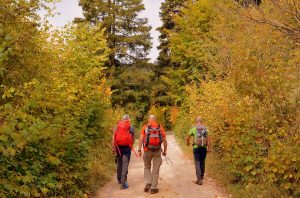 As my dear friend Edith Bird has said to me on numerous occasions: “Getting old is NOT for sissies”! Edith is 84 and works out four times a week doing cardio and weights and stretching. She has a wonderful soul and never makes excuses while being blessed with a wonderful heart and nature. I respect her and admire her. I tell her she is MY role model and we laugh and enjoy the time we spend together at the gym – and then we go our separate ways until the next time we see each other.
As my dear friend Edith Bird has said to me on numerous occasions: “Getting old is NOT for sissies”! Edith is 84 and works out four times a week doing cardio and weights and stretching. She has a wonderful soul and never makes excuses while being blessed with a wonderful heart and nature. I respect her and admire her. I tell her she is MY role model and we laugh and enjoy the time we spend together at the gym – and then we go our separate ways until the next time we see each other.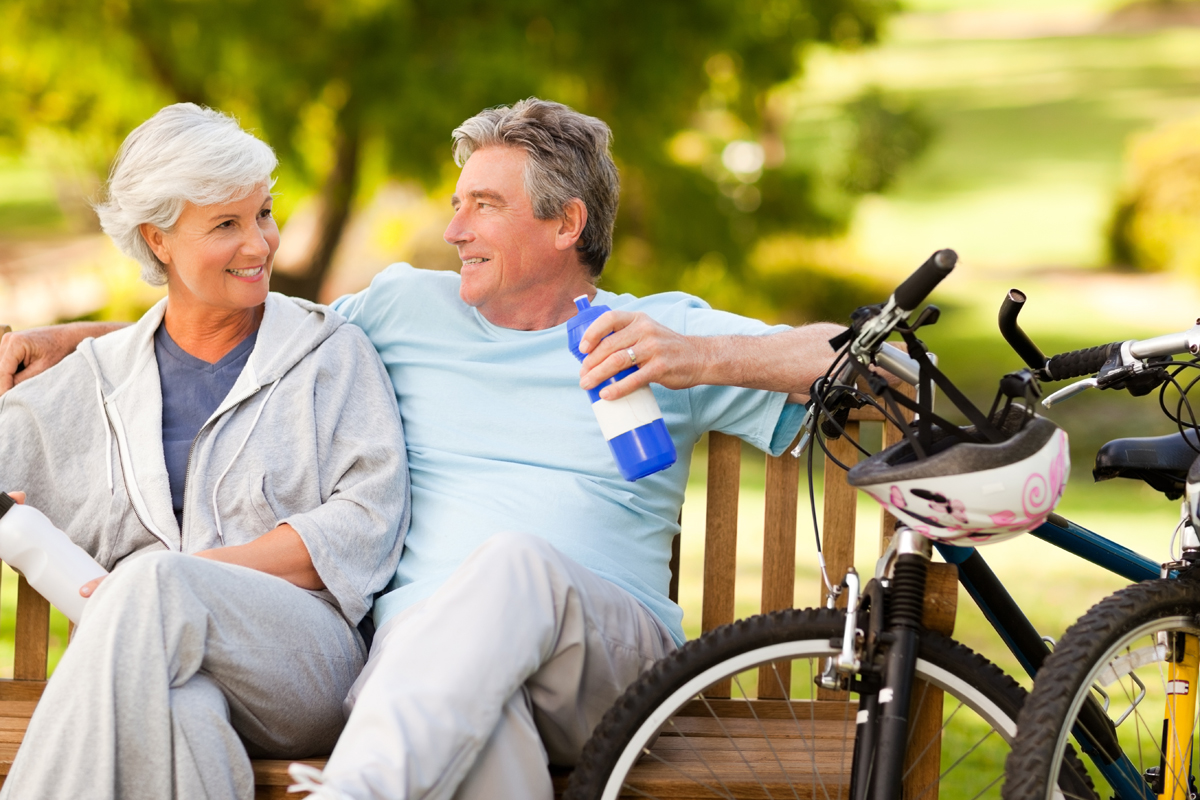
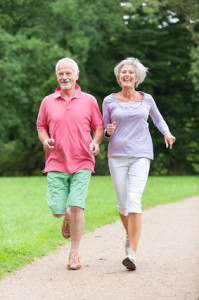 The leading Boomers are 63-72 and they are becoming “seniors” in a completely new way. In fact programs like Silver Sneakers, and other “senior” fitness programs, they are not attending, because as they would put it, those are for “old people ”….maybe for my mom or dad, but not me! This entire generation is breaking the mold on aging and is looking for something new, something cutting edge, something to give them a competitive advantage on their next 20-30 years. They want to give the grand kids a run for their money and they are only just beginning to take on new adventures. So they need personal trainers, group fitness instructors and fitness programming to be the best it can be.
The leading Boomers are 63-72 and they are becoming “seniors” in a completely new way. In fact programs like Silver Sneakers, and other “senior” fitness programs, they are not attending, because as they would put it, those are for “old people ”….maybe for my mom or dad, but not me! This entire generation is breaking the mold on aging and is looking for something new, something cutting edge, something to give them a competitive advantage on their next 20-30 years. They want to give the grand kids a run for their money and they are only just beginning to take on new adventures. So they need personal trainers, group fitness instructors and fitness programming to be the best it can be.